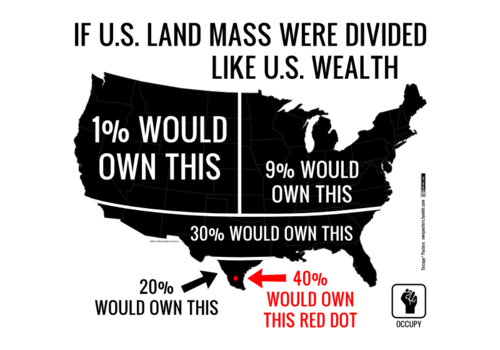
Do you? I do—I subscribe. I also subscribe to the wickedly liberal Washington Post. I don’t watch the news on TV or the internet because it’s all about selling ideas and products viscerally. Reading news allows one to take a mental break and think about things.
Anyway, yes, the Wall Street Journal is a bit conservative but clearly not foaming at the mouth alt-right, or even Fox News. At least unlike the Washington Post it doesn’t put editorials on the front page thinly disguised as humanitarian news. For the most part it keeps its editorial comments and opinions on the editorial page as things were originally intended in journalism.
It’s Friday and today’s WSJ includes the “Mansion” section. I assume this says something about who they think is reading their paper. The article on the top of the fold of the first page is “The Top 10 Upgrades to Sell Your Home for Top Dollar.” Cool! When my wife retires and we move to some less fast paced place, here’s what we need to do. So what are those 10 things? Take a look:
- Retractable Glass Walls. I think there’s no need to comment on this upgrade
- High Ceilings. This is an upgrade? How do raise ceilings without effecting what’s above them?
- Quartzite Countertops. Hey we already have this!
- Butler’s Pantry. Say what? This is supposed to include an extra dishwasher and an extra wine cellar.
- Spa Bathrooms. Make sure you add the Toto Neorest dual-flush model, which has a heated seat, multiple wash modes and an automatic air-purifying system. Retail price: $10,200. Wwe do have a dual flush commode.
- Smart-Home Systems. I’m a bit leery of this after Stuxnet. Whoever buys our house can see our neighbor’s thermostat and the network it’s on. Does that count?
- Four-Car Garage. We just traded in and got a new car so that we now own the same number vehicles as we have drivers; that’s not four.
- Barn, Carriage House or In-Law Apartment. Where we live we need a lot more land than we have for another building on our lot.
- Generator. We have a whole house UPS, does that count? Why? It’s a long story.
- Neutral Décor. This is not possible with my wife in charge of the interior—and there’s no way I want to be in charge.
Based upon that I feel that I’m probably not part of the
WSJ’s target demographics. Though I
have to admit that according to various sources our family would be part of
those who own the U.S east of Minnesota
and north of South Carolina. On the
other hand “What Percent Are You?” says our family is a “4 percenter.”
Can one infer that the WSJ is aimed at those who are in the 5% wealthiest people in the U.S.? Maybe. Though they present a case that the income (not net worth) is more equally distributed than is claimed, even by the U.S. census Bureau. They say in “The Myth of American Inequality” that the Organization for Economic Cooperation and Development (OECD) using data from the Census Bureau gives the U.S a skewed Gini coefficient because it doesn’t include the $760B from the Feds and $520B from state and local governments give to the bottom 40% through entitlement programs. If these were included in the statistics then the U.S would move from the worse of the world’s most-developed large countries to the middle of the pack; between Japan and Canada.
I’m not sure what to make of that.
Ironically in today’s WSJ there’s, “Wall Street’s Big Landlords Are So Hungry for Houses They’re Building Them.” First off, you can correctly infer that the word “landlords” means that these house are for rent, not for purchase. Why? The reason is “these companies are racing to meet demand for rental homes from a wave of young families too saddled with student debt to buy, as well as from investors wagering that the suburban renter class that swelled after last decade’s housing crash is here to stay.” What does this seem to say about the future of our wealth distribution?